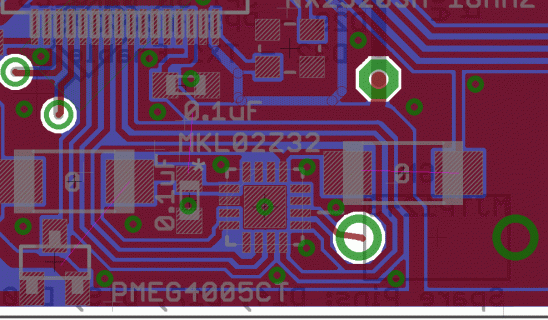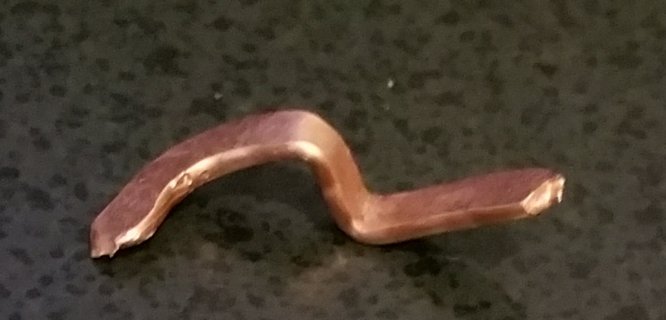Today we're happy to release Teensy 3.2.
http://www.pjrc.com/store/teensy32.html
Version 3.2 is a minor upgrade to Teensy 3.1. The main change is an improved 3.3V regulator, to allow Teensy to directly power ESP8266 Wifi, WIZ820io (W5200) Ethernet, and other power-hungry 3.3V devices.
We're specifying Teensy 3.2's power output at 250 mA and the maximum voltage input at 6 volts, due to PCB thermal dissipation limits. However, the actual regulator chip is capable of up to 10 volts input, and up to 500 mA output. These higher limits are intended to allow Teensy 3.2 to be more rugged when used with non-USB power sources which aren't well regulated 5 volt sources.
Teensy 3.2 is fully compatible with all shields and add-on boards designed for Teensy 3.1. It preserves the same size, pinout, and processor as Teensy 3.1.
The bootloader chip is also changed from Mini54 to KL02 (the same as Teensy-LC). A full schematic is available:
http://www.pjrc.com/teensy/schematic.html
http://www.pjrc.com/store/teensy32.html
Version 3.2 is a minor upgrade to Teensy 3.1. The main change is an improved 3.3V regulator, to allow Teensy to directly power ESP8266 Wifi, WIZ820io (W5200) Ethernet, and other power-hungry 3.3V devices.
We're specifying Teensy 3.2's power output at 250 mA and the maximum voltage input at 6 volts, due to PCB thermal dissipation limits. However, the actual regulator chip is capable of up to 10 volts input, and up to 500 mA output. These higher limits are intended to allow Teensy 3.2 to be more rugged when used with non-USB power sources which aren't well regulated 5 volt sources.
Teensy 3.2 is fully compatible with all shields and add-on boards designed for Teensy 3.1. It preserves the same size, pinout, and processor as Teensy 3.1.
The bootloader chip is also changed from Mini54 to KL02 (the same as Teensy-LC). A full schematic is available:
http://www.pjrc.com/teensy/schematic.html




